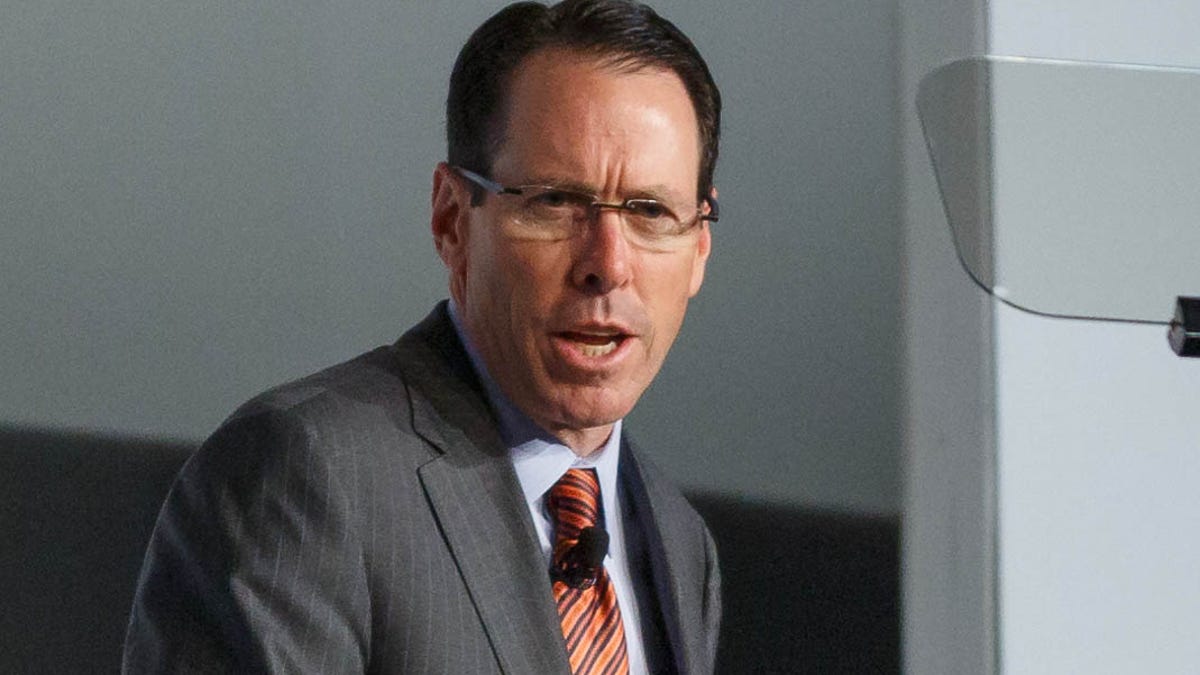AT&T CEO: We'll piggyback on Google's Fiber rollout plans
If Google is allowed to go after specific neighborhoods and homes in Austin, Texas, AT&T says it should be able to snag the same terms and conditions for its own fiber-optic deployment.

AT&T seems perfectly willing to let Google blaze the trail when it comes to fiber-optic deployment.
Google has said it plans to deploy its fiber network in select neighborhoods in Austin, Texas. AT&T said it would also like to build a fiber network -- under the same kinds of terms and conditions.
"We will probably piggyback on the rules and terms and condition that Google received in Austin and do our own build in Austin," CEO Randall Stephenson said Wednesday at a J.P. Morgan tech investor conference in Boston, which offered a live feed and transcript of his presentation.
AT&T has had a tougher time with its own fiber deployment because cities have required it to build its network out to the entire community -- a costly project. But Google has been able to approach it differently, building only to homes and neighborhoods where it makes economic sense. It's a change that AT&T hopes to mimic.
"I think you are going to see that begin to manifest itself around the United States, and in not just AT&T and Google. You will see others doing this because the demand for really high-speed broadband via gigabit-type fiber-based solutions on a targeted basis is going to be very, very high," Stephenson said.
AT&T has spent the last few years upgrading its network with fiber-optic lines, allowing it to deliver its U-Verse bundle of phone, Internet and television services. But the company had to be selective of the cities it operates in because the return on the capital investment for certain cities may not be high enough to suit AT&T. By contrast, the return on investment for a targeted investment in certain neighborhoods is much more attractive, Stephenson said.
In particular neighborhoods, the adoption rates can reach 35 percent, Stephenson said. At that point, the returns look strong.
"The key is being able to do it in places where you know there is going to be high demand and people willing to pay the premium for those type services," he said.
It's not just the consumer paying for those services. Stephenson said there will be models in which media companies or app developers may pay for a faster connection to their customers, echoing a sentiment shared by Verizon Wireless CEO Dan Mead. But he said that content companies and app developers would likely drive the move to that model.
Stephenson also weighed in on the changing market dynamics, with T-Mobile merging with MetroPCS and shedding its contract and subsidy model -- and with the prospect of Sprint Nextel getting acquired. While T-Mobile has made a splash recently with its change, specifically targeting AT&T in its marketing, Stephenson said he isn't impressed.
"No, there hasn't been what I would call any wows in the marketplace," he said.
The various industry players will continue to tweak things as smartphone penetration growth rates begin to slow. He said there will be a broader change in the subsidization model, beyond what T-Mobile has done.
AT&T said earlier this month that it will give customers $100 for their old phone, which helps defray the cost of a new handset, as well as lower its own subsidization costs. Stephenson said he expects to see more of these kinds of changes.
Stephenson also said he expects the price of handsets will go down, particularly as there are fewer power requirements. With LTE becoming more pervasive and with the eventual move away from 2G and 3G networks, vendors can cut costs by eliminating antennas within phones that pick up older wireless standards. He said he doesn't see any significant change until 2015, when the LTE networks are more fully deployed around the world.

